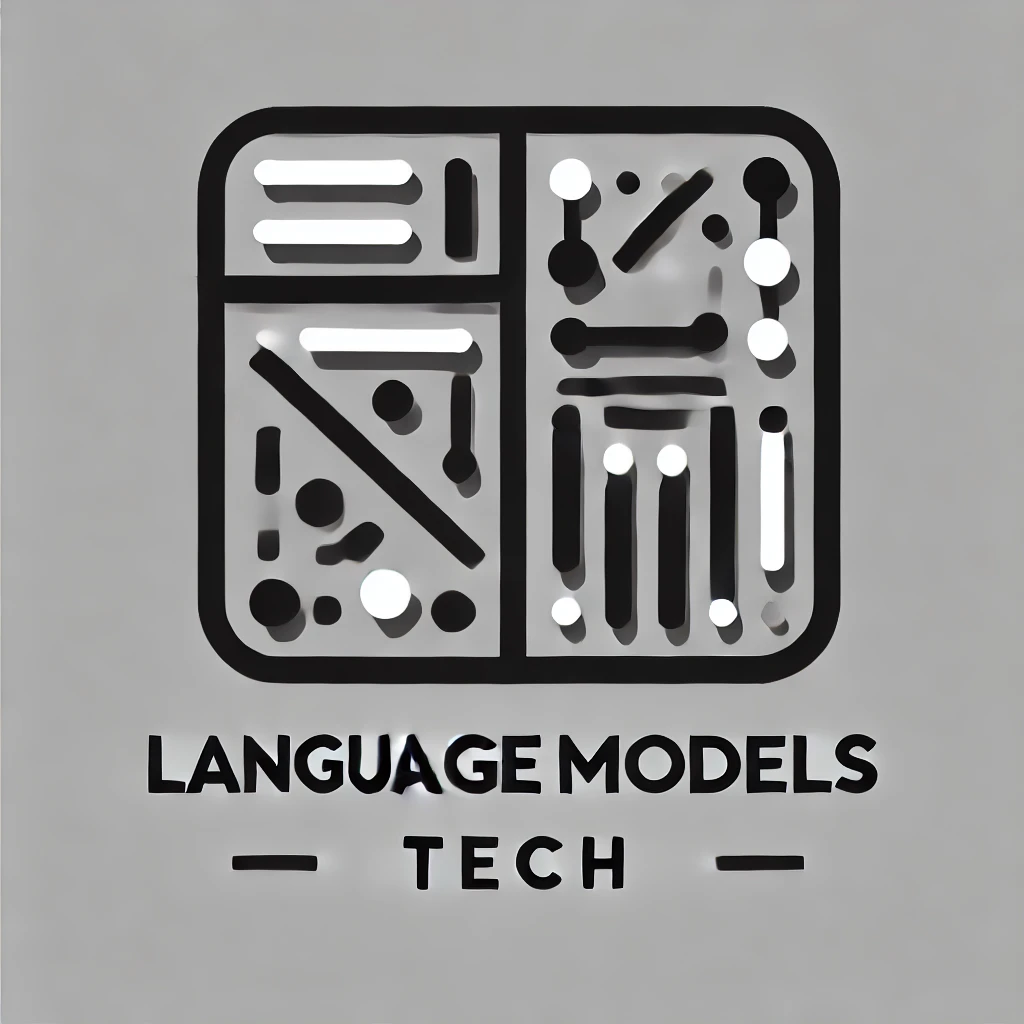The Best Way to Train AI: Reward Models vs Preference Optimization
by
April 15th, 2025
Audio Presented by

Large Language Models (LLMs) ushered in a technological revolution. We breakdown how the most important models work.
Story's Credibility

About Author
Large Language Models (LLMs) ushered in a technological revolution. We breakdown how the most important models work.